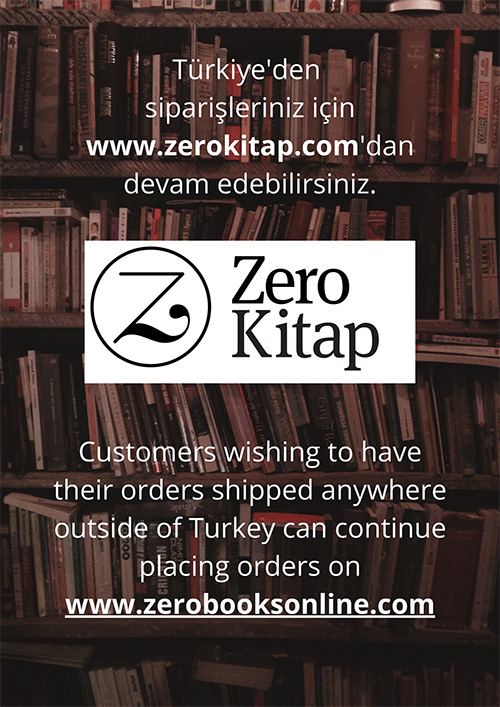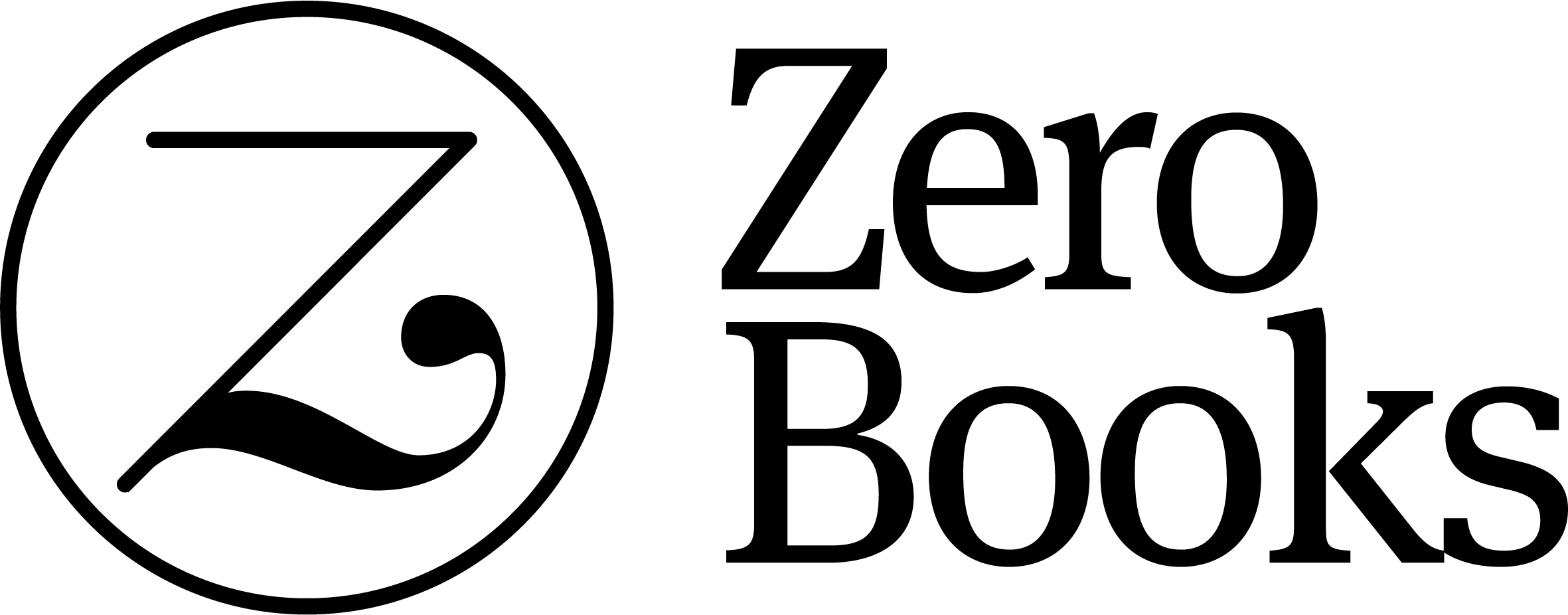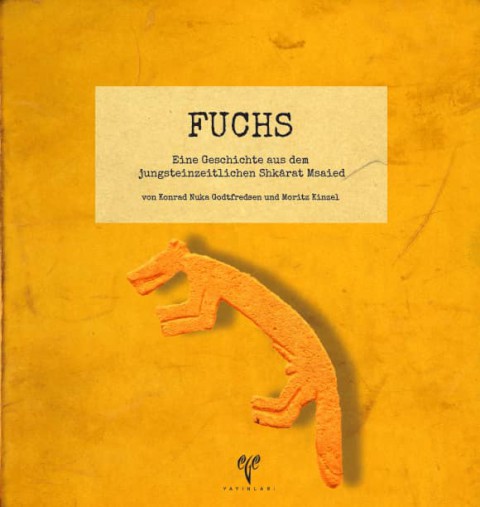88 pp, color illustrations, flexo bound, in German. Also available Englis and Danish editions.
DIESER GRAFISCHE ROMAN ERZÄHLT DIE GESCHICHTE EINER KLEINEN GEMEINSCHAFT IN DEN BERGEN NÖRDLICH DES HEUTIGEN PETRA/WADI MUSA IN JORDANIEN WÄHREND DES AKERAMISCHEN NEOLITHIKUM B VOR ETWA 9000 JAHREN.
LANDWIRTSCHAFT IST NOCH NICHT VOLLSTÄNDIG ETABLIERT. JAGEN UND SAMMELN BESTIMMEN IMMER NOCH EINEN GROSSEN TEIL DES LEBENS. DIE GEMEINSCHAFT STÜTZT SICH DABEI AUCH AUF DAS WISSEN UND DIE ERFAHRUNG IHRER “HEILERIN” - FUCHS.
DIES IST ABER NICHT NUR DIE GESCHICHTE EINER VORZEITLICHEN DORFGEMEINSCHAFT. NEIN, SIE IST VERWOBEN MIT DER GESCHICHTE DER ARCHÄOLOGISCHEN FORSCHUNG UND AUSGRABUNG DURCH EIN ARCHÄOLOGENTEAM DER UNIVERSITÄT KOPENHAGEN.
Graphic novels in archaeology are not a new phenomenon. Illustrations have always played a major role in visualising and documenting archaeological finds. However, the book that you are holding in your hands is slightly different. It does not only tell a story based on archaeological findings, and it is also not the typical adventure story of some researchers going into the desert to uncover treasures of unbelievable value. No, this book tries to look behind the processes that influence how archaeologists build their narratives based on archaeological remains. How does an interpretation direct the overall story and how do new finds and results of a study change the content of the story? Is there only ONE story to tell or are more storylines possible?




